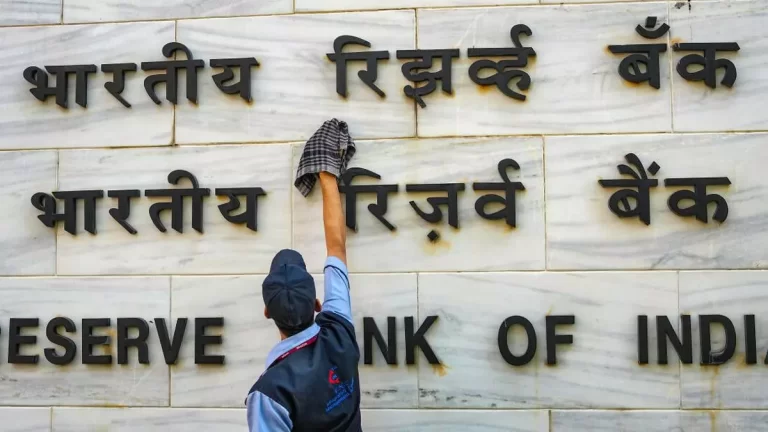
There is no reason for the Reserve Bank of India (RBI) to cut rates from the current 6.5 per cent, going by the artificial neural network model based on alternate scenarios, used by State Bank of India’s economic research department (ERD).
The ERD, in its Ecowrap report, also said: “We continue to maintain that the first rate cut will happen by Q2 (July-September) FY25.”
The RBI’s monetary policy committee kept the policy repo rate unchanged in all the six meetings of the current financial year.
“While headline retail (consumer price index/CPI-based) inflation cooled in January 2024 (to three-month low of 5.10 per cent from to 5.69 per cent in December 2023 due to the decline in food inflation), it has now spent 52 consecutive months above the RBI’s medium-term target of 4 per cent.
“On the positive side, inflation has now been within the tolerance range of 2 per cent-6 per cent for the fifth month in a row,” said Soumya Kanti Ghosh, Group Chief Economic Adviser, SBI.
At the all-India level, while CPI inflation declined 270 basis points (bps) to 5.10 per cent in January 2024 when compared to the April 2022 level, during the same period, the weighted contribution of core CPI (excluding volatile components of the CPI — food and energy) declined 170 bps, per the report.
Of this decline, the three segments (transportation and communication, clothing and footwear and household goods) contributed 77 per cent of total decline in core inflation: (a) in rural, these segments contributed 78 per cent of total decline decline in core CPI, (b) in urban, these segments contributed 85 per cent of total decline decline in core CPI.
“When we analyse the item-wise decline in weighted contribution of core CPI, the results are perplexing. Since the decline in core is visible in both rural and urban areas and in goods and services that are quintessential to the day-to-day living, to infer that core decline is a proxy for decline in demand or rural slowdown is misleading,” said Ghosh.
For example, the 41-bps decline in weighted contribution in clothing and footwear/household goods and services is due to decline in items such as saree, shirt, trouser, clothing material, washing soap and bedsheet, which are part of daily living and hence don’t indicate that demand is not happening, he added.
online mode
“The only reason for this phenomena could be the changing purchasing behaviour of customers. We believe that people are actively using e-commerce websites to buy these essentials (preferably at discounted price), and hence demand is migrating from offline to online mode.
“If this is durable, then core inflation decline could be enduring. Further, if this is sustained, the decline in core could become more enduring in nature opening up space for policy rate cuts,” said Ghosh.